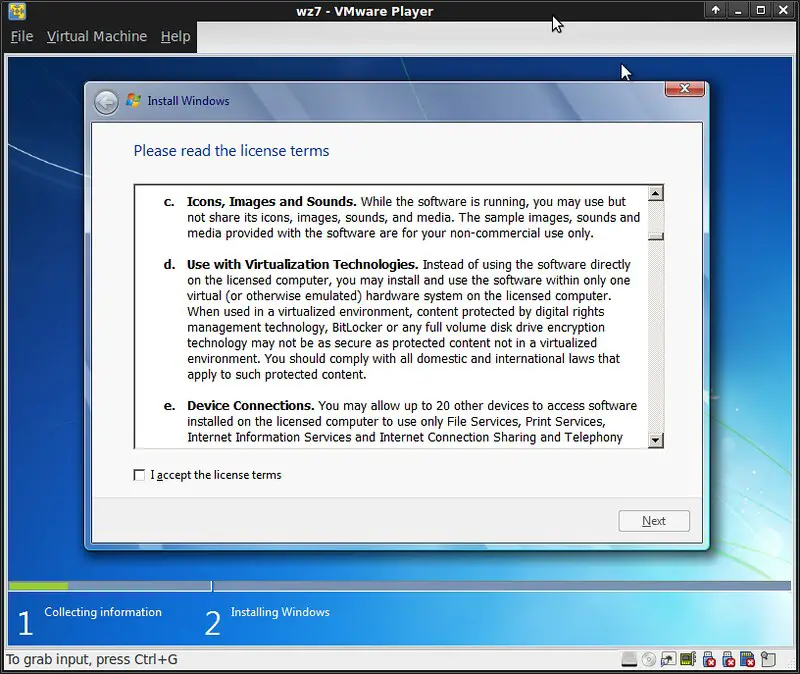Licensing is a more straightforward way to expand your brand by allowing other businesses to use your intellectual property for a fee. It requires less investment than franchising but also gives you less control over the licensee’s operations. Franchising provides you with greater control over how your brand is operated in different locations. However, it comes with higher costs and more legal requirements than licensing.
What is licensing?
Licensing is a business agreement where one company (the licensor) allows another company (the licensee) to use their intellectual property for a fee. Intellectual property can include trademarks, patents, copyrights, or trade secrets.
The licensor retains ownership of the intellectual property and grants the licensee permission to use it in exchange for payment. The terms of licensing agreements can vary widely depending on the type of intellectual property being licensed and the industry involved.
One example of licensing is when a clothing brand licenses their logo to be used on products such as hats or bags by another company. In this case, the clothing brand receives payment from the other company in exchange for using their logo on their products.
Licensing can be an attractive option for businesses because it allows them to generate revenue without having to invest significant resources into manufacturing or marketing. However, licensors must also carefully manage how their intellectual property is being used by licensees to ensure that quality standards are met and branding consistency is maintained.
What is franchising?
Franchising is a business model in which an existing company, known as the franchisor, grants the right to another individual or group of individuals, known as the franchisee, to operate their own business using the franchisor’s brand name and proven business system. In exchange for this privilege, the franchisee must pay initial fees and ongoing royalties to the franchisor.
One of the main benefits of franchising is that it allows entrepreneurs to start their own businesses with less risk than starting from scratch. Franchisees benefit from established brand recognition and a proven track record of success. They also receive training and support from the franchisor throughout their journey.
There are several types of franchises available such as single-unit franchises where one location is owned by one person; multi-unit franchises where one person owns multiple locations; area development franchises where a developer agrees to open a certain number of units within a specified geographic area; master franchise agreements which allow individuals or companies exclusive rights over an entire region or country.
While there are many advantages associated with owning a franchise, there are also some potential drawbacks that should be considered before investing. For instance, strict adherence to operating procedures required by the franchisor may limit creativity and autonomy for franchisees. Additionally, startup costs can be high due to initial fees and equipment requirements.
If done properly with thorough research beforehand and diligent management thereafter – opening up your own profitable unit through buying into well-known brands could be highly lucrative in terms of long-term earnings potential!
Licensing Vs. Franchising – Key differences
Licensing and franchising are both popular business growth strategies, but they have key differences that should be considered before choosing between them. Licensing is when a company grants another party the right to use its intellectual property, such as trademarks or patents, in exchange for royalties or fees. Franchising involves a more extensive relationship where one party (the franchisor) gives another (the franchisee) the right to use its entire business model and brand name.
One of the main differences between licensing and franchising is the level of control offered by each option. With licensing, the licensor may only dictate how their licensed IP can be used while leaving other aspects of operations up to the licensee. In contrast, franchises offer detailed operating procedures and guidelines that must be followed closely if a franchisee wants to maintain their status as an authorized representative of the brand.
Another significant difference is financial commitment – with licensing typically requiring less investment on behalf of licensees. For example, it’s possible for a software developer to license out their program with little upfront cost from either party beyond legal fees; however, opening a new franchise location can involve substantial startup costs in addition to ongoing royalty payments.
It’s important for businesses considering these options to evaluate which approach aligns best with their goals and capabilities. While licensing agreements may allow companies greater flexibility over how they operate under specific circumstances or geographic areas; franchises provide more robust support systems from experienced leaders who have already proven themselves successful in similar ventures.
Pros and cons of licensing
Pros of licensing:
- Generates revenue for the licensor in the form of license fees or royalties.
- Provides legal protection for the licensor’s intellectual property, as licenses can define how the licensed product or technology can be used by the licensee.
Cons of licensing:
- Can create competition with the licensor’s own products, as licensees may use the licensed technology to create competing products.
- Requires resources to monitor and enforce the license, as licensees may violate the terms of the agreement.
- Can result in loss of control over the licensed technology, as the licensee may modify it in ways that the licensor did not intend or want.
Pros and cons of franchising
Pros of franchising:
- Provides a proven business model and established brand to the franchisee, which can reduce the risk of failure compared to starting a business from scratch.
- Allows the franchisor to expand rapidly and efficiently without having to bear the costs of opening and operating new locations.
- Can generate ongoing revenue for the franchisor in the form of franchise fees and royalties.
Cons of franchising:
- Requires significant upfront investment and ongoing fees from the franchisee, including an initial franchise fee and ongoing royalties.
- Limits the franchisee’s independence and creative control, as the franchisor typically sets strict guidelines for the franchisee to follow.
- Can lead to conflicts between the franchisor and franchisee, particularly over issues such as territorial rights, advertising, and product pricing.
What is an example of licensing?
(Photo By osde8info on Flickr)

One example of licensing is when a movie studio grants the rights to use its characters and storylines to a toy company. The toy company then creates toys based on those characters and sells them under the name of the movie franchise. This allows both the movie studio and toy company to benefit from each other’s success.
Another example could be a musician granting permission for their music to be used in commercials or as background music in TV shows or movies. In this case, the musician would receive royalties for every time their song was played, while also gaining exposure through different media channels.
Licensing can also extend beyond entertainment industries such as technology companies licensing software programs to other businesses or individuals. For instance, Microsoft licenses Windows operating system software programs that allow others to use it on their computers.
Licensing agreements vary across various industries but ultimately involve one party granting permission for another party to use intellectual property such as trademarks, patents, copyrights or trade secrets with specific limitations and restrictions agreed upon by both parties involved.
What is an example of franchising?

One of the most well-known examples of franchising is McDonald’s. The fast-food giant has been able to expand its business worldwide by using a franchise model. In this model, McDonald’s provides its franchisees with a proven and successful system for running their own restaurants under the McDonald’s brand.
As part of the agreement, franchisees pay an initial fee to open a restaurant and ongoing royalties based on sales revenue. In exchange, they receive support from McDonald’s in areas such as marketing, training, and supply chain management.
This allows franchisees to benefit from the strength of the brand while still maintaining some level of independence as small business owners.
Another example is Subway, which has over 40,000 locations worldwide through franchising. Just like McDonald’s it offers comprehensive training programs that help new owners get up and running quickly.
Franchises can be found in various industries: food service (Burger King), retail (7-Eleven), automotive repair (Meineke Car Care Centers) or even education services (Kumon Math & Reading Centers).
Franchising provides entrepreneurs with an opportunity to start their own business with an established brand name while receiving guidance and support along the way.
Why do brands use licensing as a strategy?
Brands use licensing as a strategy for several reasons. One of the most significant benefits of licensing is that it allows brands to expand their reach and generate more revenue without investing in additional resources. When a brand licenses its name or trademark to another party, that party assumes the responsibility for manufacturing and distributing products under the brand’s name.
Another reason why brands use licensing is to leverage the expertise of other companies. For example, if a clothing manufacturer wants to expand into footwear, they may license out their brand name to a company with expertise in designing and producing shoes. This way, both companies benefit from each other’s strengths.
Licensing also provides opportunities for cross-promotion between different product categories. For instance, Disney has successfully licensed its characters across various industries such as toys, apparel, home décor and theme parks. Through these partnerships, Disney has created an immersive experience for consumers that keeps them engaged with their favorite characters beyond just watching movies.
Moreover, licensing can be used by established brands looking to stay relevant in changing markets or adapt to new trends quickly. By partnering with innovative startups or niche players in specific markets through licensing deals – larger companies can tap into fresh ideas while maintaining control over quality standards.
Brands rely on Licensing as a strategic tool because it enables them to optimize production costs while expanding market share and tapping into new audiences who are already loyal fans of trusted names within certain industries – all without having put forth too much upfront investment risk!
Featured Image By – Alterio Felines from Pixabay







